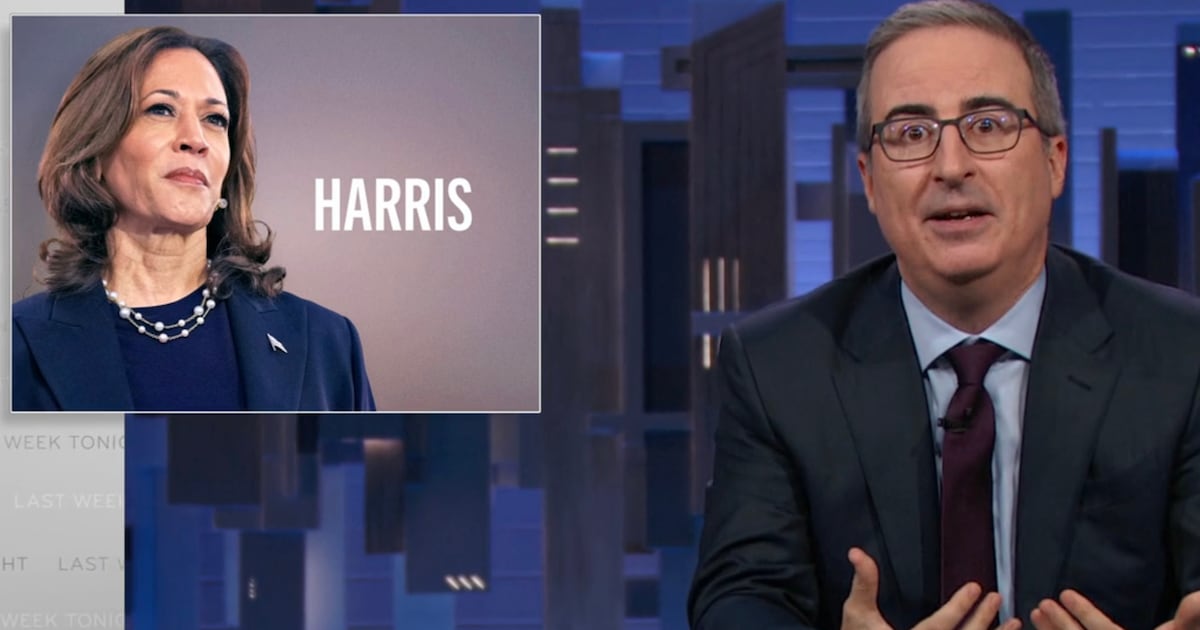Bet you can’t eat just one.

A lot has been written lately about consumer patterns and television, specifically the rise of what has been coined “binge-watching” or “binge-viewing,” the practice of marathoning an entire season or multiple episodes of a television show in a highly concentrated period of time. It might occur during a single evening or over the course of a weekend, but the notion of consumption is apt. Netflix, the streaming video service that started out as a distributor of DVD rentals by mail, has made this practice far easier than ever before, offering a catalog of full seasons of past television shows. Why wait a week to watch another episode when there are 108 more available and you can sate your hunger by just clicking away?
Binge-watching is not new—IFC’s Portlandia did a sketch about a Battlestar Galactica-obsessed couple whose lives go into freefall after they marathon the entire series—but talk of it has intensified since Friday’s release of House of Cards on Netflix. The streaming-video pioneer released all 13 episodes of Season 1 of House of Cards on the same day, a potentially paradigm-shifting strategy that pokes a sword in the belly of the broadcast networks, who are beholden to advertisers and time slots, and therefore the slow rollout of product.
ADVERTISEMENT
Netflix doesn’t have these concerns. It features no advertising, is a subscription-based service (like premium cablers HBO and Showtime, original programming exists to drive subscriptions), and doesn’t feel the need to share “ratings” or compete in the same ratings-obsessed pool with the broadcasters. The strategy behind the mass release of House of Cards, the American remake of the seminal 1990 U.K. miniseries of the same name, is that viewers deserve choice. If they want to watch all 13 in a row, more power to them, but the platform isn’t reliant on a single timeframe for viewing. If a consumer decides to watch a few and then pick it up a year from now, it doesn’t matter.
That belief is echoed by Beau Willimon, House of Cards’s showrunner. “It’s fully in the audience’s hands to decide what their own experience is,” Willimon said in an interview with The Daily Beast in January. “The same way that you read a novel. You can read Anna Karenina in two days, or you can read it over a year. And I think that’s better because it personalizes the experience.”
It’s this semblance to the novel that seems particularly apt. The narrative of House of Cards, itself based on a novel by Michael Dobbs, is largely dependent on a novelistic structure. The episodes are even referred to as “chapters” in an effort to underscore this comparison more deeply.
The entire narrative benefits from the close scrutiny of novel-reading, or of similarly ambitious and novelistic shows like Mad Men or Breaking Bad. A paper swan, made of a $20 bill and tossed at Claire Underwood (Robin Wright) in one episode, turns up repeatedly throughout the back half of the season. It represents her own unknowable quality, a tightly bound mystery that’s contorted and bent.
A perceptive viewer, watching House of Cards over the course of 13 weeks, might remember the swan when it reappears each time. Watching it over the course of two days, the paper swan becomes hugely symbolic, turning up in multiple episodes and in multiple guises: here a $20 bill, there detritus in Claire’s handbag destined for the trash can. A child’s paper scorpion contains the sting of regret, while a large swan becomes a farewell gesture to a lover as well as a bitter lesson. In viewing these episodes so closely together, the swan, in all of its incarnations, becomes one of a dozen seemingly weighty leitmotifs at play within the narrative.
Willimon cannily structures the episodes of House of Cards in a more naturalistic fashion than traditional television. Not reliant on cliffhangers at the end of each episode to compel the viewer to return the following week, these episodes end when the internal logic of the narrative dictates they do, rather than through traditional patterns of serialized storytelling that hark back to Charles Dickens. Shocking moments are scattered throughout individual episodes, rather than being reliant on a build-up of tension in the final minutes. It’s far easier to see House of Cards as a distinct whole, rather than as the sum of its parts, for this very reason: it’s an interlocking narrative broken down into smaller pieces.
The intellectual catharsis that comes from having a break between serialized installments isn’t necessary here as a result, and that has its benefits and its flaws. There is a distinct difference between gorging and slowly savoring a meal. Part of my enjoyment comes from a parceled examination of the content at hand, whether that be an exquisite plate of food, precisely crafted by a chef, or a segment of television.
Art, after all, is meant to be contemplated; junk food is meant to be consumed quickly, without thought or sentiment. Is House of Cards doing itself a disservice by urging viewers to watch so quickly? Should we be approaching television as one would a bag of potato chips? Is there something to be said for waiting patiently until the next meal? Television takes a lot of time, effort, and energy to produce, the extent of which many viewers don’t realize. (A single episode of television can take eight days just to shoot, not counting writing time or post-production and editing.) It took no less than three years for House of Cards to reach the screen, and the results can be gobbled up by greedy viewers in a single weekend. As a result, the experience is more about racing to the end rather than enjoying the journey of the characters slowly, over time.
With viewer engagement so fragmented, open conversation about the show becomes something perilous, tinged as it is with potential spoilers. The old adage that once something has aired, it’s no longer a spoiler can’t be applied here, as all 13 episodes are available and therefore “aired.” But how does one discuss the show—and thus evangelize for it—when it’s impossible to talk about specific plot points without alienating friends and family? It’s nearly impossible.
Willimon’s earlier point about empowering the viewer is a revolutionary concept, allowing viewers to control how they consume content. There’s certainly something liberating about having free will, even when it comes to entertainment, and we’ve all—let’s be honest—binge-viewed in an effort to “catch up” on a television show we’ve missed or to be part of a larger cultural conversation.
Just as the DVR offered the opportunity to time-shift programming in an effort to control when a show could be watched, Netflix offers viewers further choice of how much or how little to consume. Viewers not only have become savvier but also more demanding, challenging the wait time between seasons of television. This underpins both their desire to consume more and also a marked decrease in patience, with many viewers venting about waiting almost a year for cable dramas such as Game of Thrones or Mad Men to return between hiatuses.
By offering all 13 episodes at the same time, Netflix risks undermining its own strategy. Few will acknowledge the time necessary to launch the second season of House of Cards, or another go-around of Arrested Development episodes, and may instead express the same frustration that plagues weekly serialized dramas, that plaintive cry of the unfulfilled when faced with the lack of instant gratification: “Why do I have to wait so long?”
And that’s one potential downside of a binge, particularly when the next meal is so far off. But one of Netflix’s greatest assets are its proprietary algorithms—which suggest, based on precise ratings and viewing history, what else you might want to watch—and that may be just the thing to tide over the hungry.





